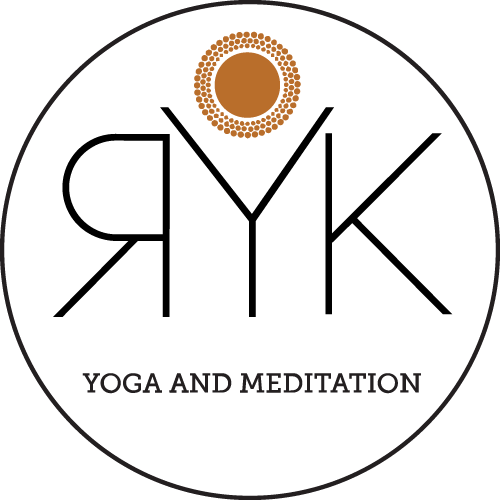Benefits of Yoga Nidra
What is Yoga Nidra?
Yoga Nidra is a conscious deep sleep. If you have taken a yoga class before, you may have even briefly experienced this deepest form of meditative yoga whereby completing an array of asanas (yoga poses), you relax in Shavasana (corpse pose) by lying down in a deeply relaxed state.
In Yoga-Nidra, you are guided by your teacher to enter into a sleep state while remaining conscious and aware. Yoga Nidra goes beyond ordinary relaxation, and while it provides the same benefits, it does so much more. It expands your consciousness, allowing for a greater sense of self-awareness and a higher vantage point for a larger, more complete perspective.
A mental refresh
While the mind and body are extremely intelligent and complex systems, there is still a primitive part that continues to react to negative and automatic thoughts on a conscious and even subconscious level.
When faced with stressors, a person’s nervous system generally reacts in one of two ways:
Fight
Flight
Such physiological changes occur to protect the individual from real and imagined dangers. These stimuli, when constantly triggered by insignificant matters throughout the day, present a steady assault on the body resulting in chronic illness and an imbalanced system. The body’s autonomic system can become overworked, sending it off of its natural equilibrium. Sympathetic and parasympathetic nerves become oversensitive.
There is another way to react to non-emergency stress triggers:
During Yoga Nidra, an individual scans their inner self, releasing all thoughts and the emotional tensions that arise from thought. Brain waves are actually altered as a result of this practice.
Relax
“Equal to four hours of conventional sleep”
Regular sleep can rejuvenate the body; however, you are not in control of what you dream or of the thoughts and subtle emotions you may experience while asleep. Some people may even sleep a healthy amount of hours but are still tired and fatigued upon waking up. This is due to the incessant stream of negative thinking or mind-garbage.
The practice of Yoga Nidra returns your mind and body to their natural homeostasis and helps this natural state remain stable and constant regardless of the unending stressors we face every day. In the book Pharma Sutra: Healing the Body and Mind Through the Art of Yoga, Christina Sarich writes, “It is said that a single hour of true Yoga Nidra is equal to four hours of conventional sleep” (2013, Loc 2073).
Yoga Nidra: Uses and applications
Dr. Jon Kabat-Zinn defines ‘mindfulness’ as conscious moment-to-moment awareness, cultivated by systematically paying attention on purpose.’ This may explain the effectiveness of yoga-Nidra (guided relaxation) and basic meditation in assisting deep emotional release and mental balance (Campbell & Moore, 2004, p.55).
- Addiction
- Arthritis
- Asthma
- Cancer
- Cardiovascular
- Menstrual Problems
- Pain
- Prenatal and Pregrancy
- Child behavioral problems
- Degenerative diseases
- Drug addiction
- Geriatric complications
- Insomnia
- Psychiatric and psychosomatic deseases
Discover the Science Behind Yoga Nidra
Links
References
Bali, Y. (2012). Yoga nidra and its therapeutic applications. Journal of Pharmaceuticals and
Scientific Innovation. Vol. 1(4), July-August 21-25. Retrieved December 5, 2013
Campbell, D. A. (2004). Yoga as a Preventative and Treatment for Depression, Anxiety,
and Stress. International Journal Of Yoga Therapy, (14), 53-58. Retrieved December 5, 2013 from Health Source-Consumer Edition database.
Gavalas, E. (2013). 3 yoga nidra health benefits. The Blog-Huffington Post. Retrieved December
5, 2013
Kumar, K. (2008). A study on the impact on stress and anxiety through yoga nidra. Indian
Journal of Traditional Knowledge. 7(3), 401-404. Retrieved December 5, 2013
Nilsson, R. (1997-98). The relaxed state and science. Bindu Magazine. 11, 5-7.
Sarich, C. (2013). Pharma sutra: Healing the body and mind through the art of yoga (Kindle edition).
Stankovic, L. L. (2011). Transforming Trauma: A Qualitative Feasibility Study of
Integrative Restoration (iRest) Yoga Nidra on Combat-Related Post-Traumatic Stress Disorder. International Journal Of Yoga Therapy, 2123-37. Retrieved December 5, 2013

